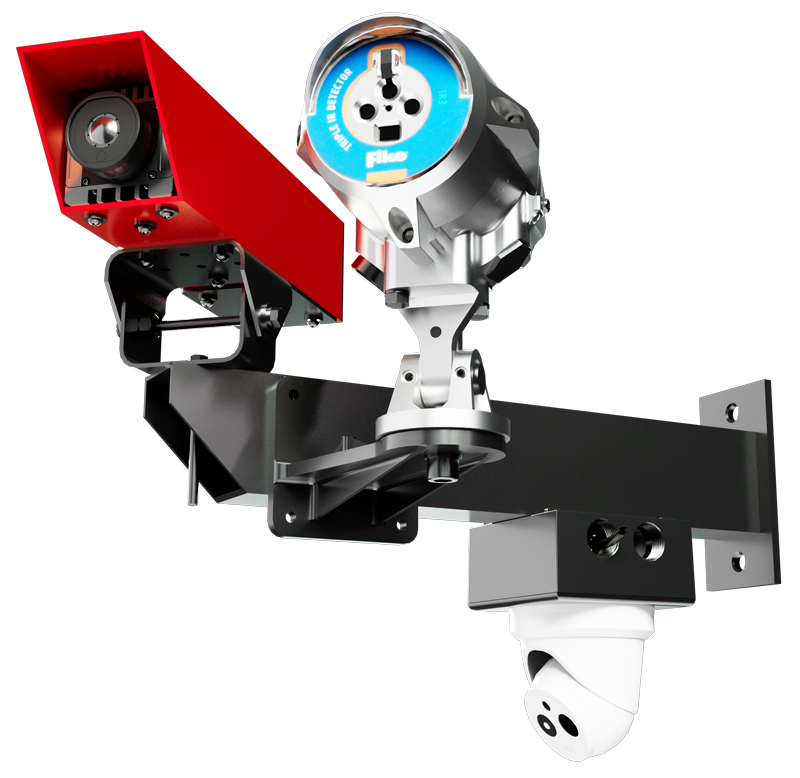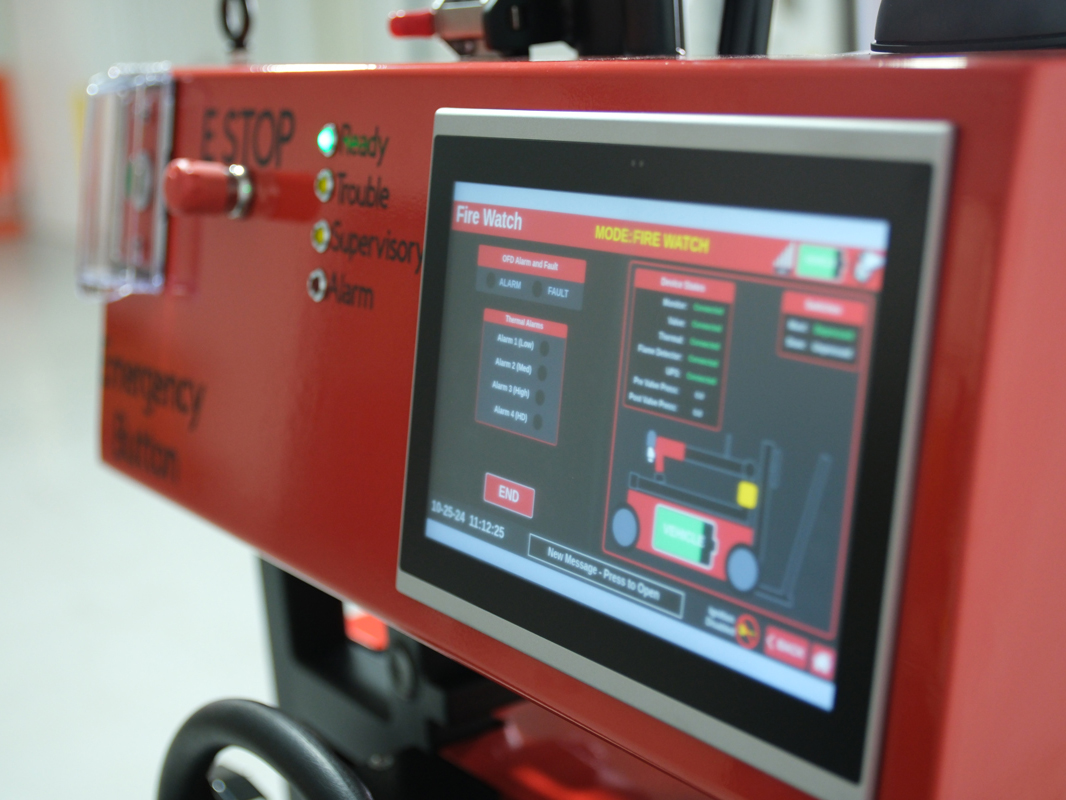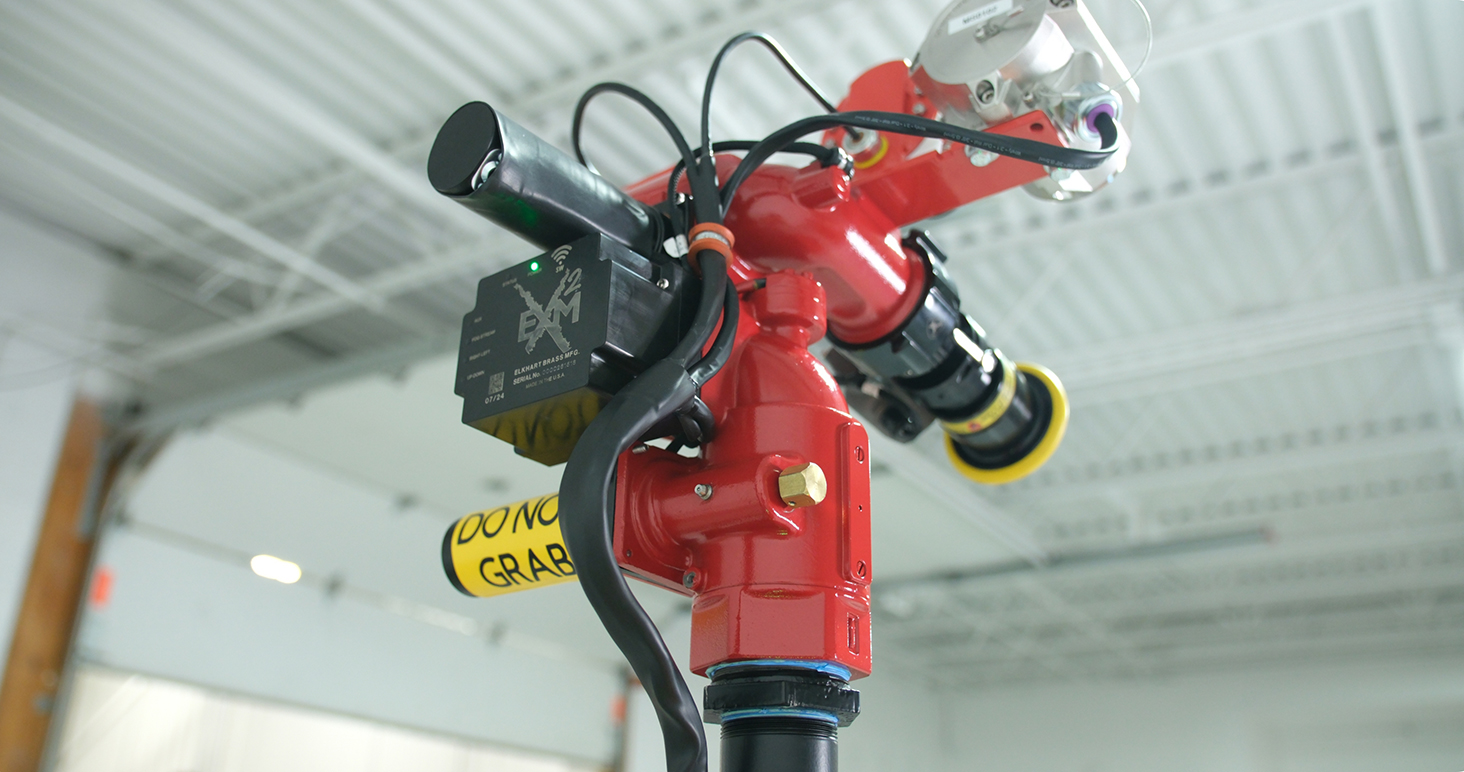Electric vehicles (EVs) are no longer futuristic — they’re here, and adoption is accelerating worldwide. With that growth comes an important question: what causes EV batteries to catch fire? While EV fires are rare compared to the millions of cars on the road, when they do occur, they are uniquely dangerous. A lithium-ion car battery fire can burn at more than 2,000°F, release toxic gases, and even reignite days later.
In this blog, we’ll explore what causes EV battery fires, why they’re harder to manage than traditional car fires, and what businesses and facilities can do to prepare.
The Science Behind EV Battery Fires
To understand why electric cars catch fire, you first need to look at the batteries themselves.
How lithium-ion batteries store energy
- EVs rely on lithium-ion batteries, which pack huge amounts of energy into compact cells.
- Each cell has a positive electrode (cathode), negative electrode (anode), separator, and electrolyte.
- During charging and discharging, lithium ions move back and forth between the electrodes, storing and releasing energy.
This design is efficient — but it also comes with vulnerabilities.
What is thermal runaway?
- Thermal runaway occurs when heat builds faster than it can dissipate, leading to a self-sustaining chain reaction.
- As temperature spikes, the electrolyte ignites, releasing oxygen and fueling combustion.
- Once started, it’s nearly impossible to stop without advanced suppression methods.
In simple terms: lithium-ion batteries don’t just “catch fire” — they create their own fuel source when they fail.
The Most Common Causes of EV Battery Fires
So, what causes EV batteries to catch fire in real-world scenarios? Several factors contribute:
- Thermal Runaway
- The single biggest factor behind EV battery fires
- Often triggered by overheating, internal short circuits, or overcharging
- Once one cell fails, it can trigger adjacent cells in a chain reaction.
- Manufacturing Defects
- Poor-quality design or assembly can create hidden risks.
- Common issues include:
- Faulty separators that fail under stress
- Contaminants or impurities inside cells
- Design flaws that cause uneven heat distribution
- Even one defective cell among thousands can start a lithium-ion car battery fire.
- External Damage
- Crashes or punctures can physically damage battery packs.
- Batteries are heavily reinforced, but high-speed collisions or sharp debris may breach them.
- Once penetrated, heat and oxygen can quickly spark combustion.
- Overcharging and Faulty Charging Equipment
- Improper charging habits increase risk.
- Faulty chargers or damaged cables can cause voltage spikes.
- Prolonged overcharging can lead to excess heat and cell failure.
- Environmental Factors
- Extreme heat: Raises cell temperature, accelerating chemical breakdown.
- Extreme cold: Forces the battery to work harder, which generates more heat during charging.
- Poor ventilation: Prevents heat from dissipating, raising fire risk.
While no single cause accounts for all cases, these five are the most common triggers when looking at what causes EV battery fires across industries.
Why EV Fires Are Harder to Manage Than Traditional Vehicle Fires
Traditional gasoline car fires are dangerous, but firefighters have decades of proven protocols to extinguish them. EVs, however, introduce new challenges:
- Intensity
- Lithium-ion battery fires can burn hotter than 2,000°F.
- Flames can melt metal and asphalt, making them harder to contain.
- Reignition Risk
- Even after suppression, damaged cells may reignite hours — or even days — later.
- Firefighters often monitor EVs post-incident for signs of smoldering.
- Toxic Fumes
- Burning lithium-ion batteries release toxic gases like hydrogen fluoride.
- These gases pose health risks for both responders and bystanders.
- Water Contamination Issues
- Large volumes of water are often required to cool EV batteries.
- Runoff may carry toxic chemicals into storm drains or groundwater supplies.
These challenges highlight why facilities and municipalities are rethinking fire response strategies.
Prevention and Risk Mitigation Strategies
The best way to handle an EV battery fire is to prevent it from happening in the first place. While no solution eliminates all risk, businesses can adopt proven strategies:
Safe Storage and Charging Protocols
- Maintain recommended charging levels (avoid consistent 100% charging).
- Inspect charging stations for wear, damage, or improper wiring.
- Store EVs in well-ventilated areas away from flammable materials.
Early Detection Systems
- Thermal cameras can spot overheating before ignition.
- Gas sensors detect early venting of battery cells, often a precursor to fire.
- Remote monitoring systems provide 24/7 oversight.
Training and Emergency Response Planning
- Employees should know how to identify early warning signs (smoke, heat, hissing).
- Facilities should establish clear evacuation and containment procedures.
- Partner with local fire departments on EV-specific response protocols.
Fire Suppression Innovations
- Traditional sprinklers may not fully extinguish lithium-ion fires.
- Submersion tanks and prolonged water application can help, but are impractical in many facilities.
- Fire Rover systems: Combine remote detection, thermal imaging, and targeted suppression agents designed for EV and high-risk fires.
By adopting layered defenses, businesses reduce downtime, protect assets, and improve safety.
Take Control of EV Fire Risk—Before It Starts
EV battery fires are not just a futuristic worry—they’re a current, growing risk for commercial and industrial operators. By understanding what causes EV batteries to catch fire, facilities can build smarter storage systems, improve monitoring, and deploy suppression strategies tailored to the challenge.
Fire Rover leads the way in helping businesses detect early signs of thermal runaway and respond instantly—without exposing teams to danger or flooding facilities with water.
Contact our team to explore how Fire Rover helps high-risk industries safely manage lithium-ion battery hazards from the start.
















